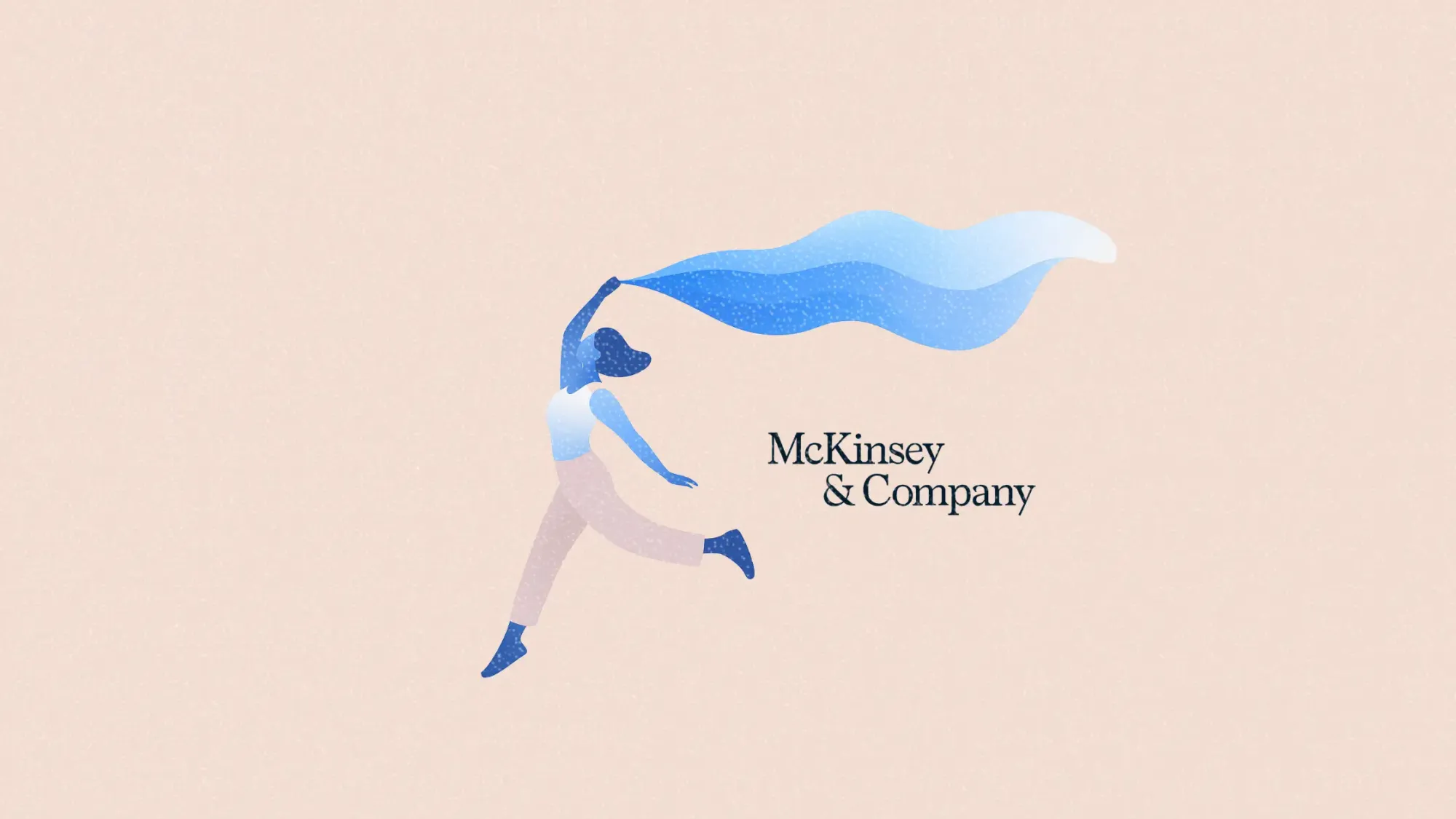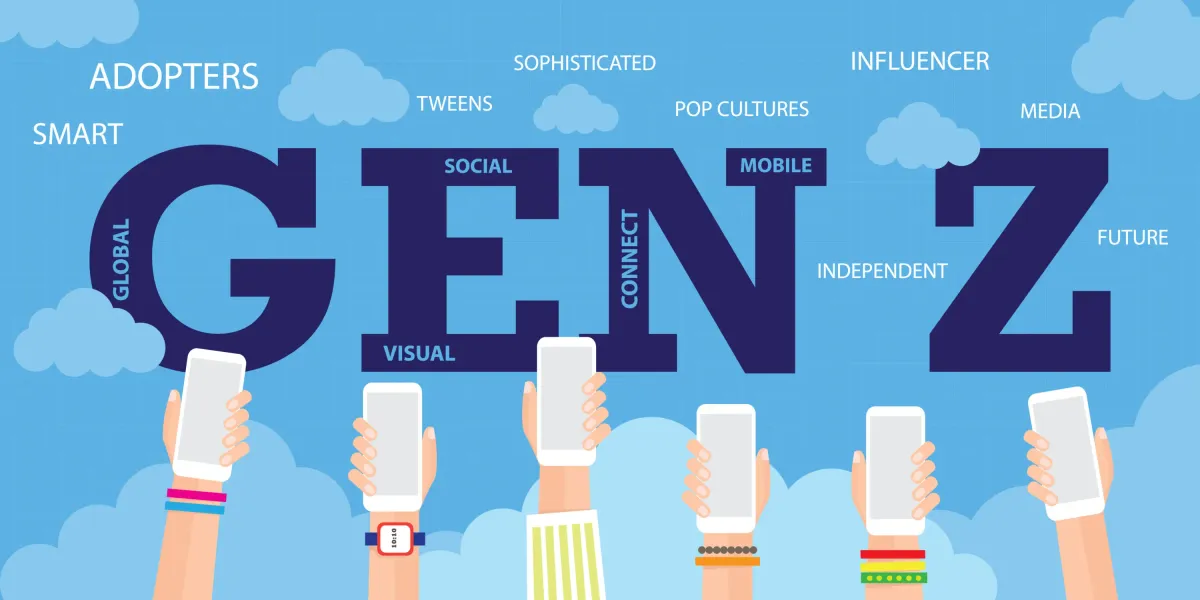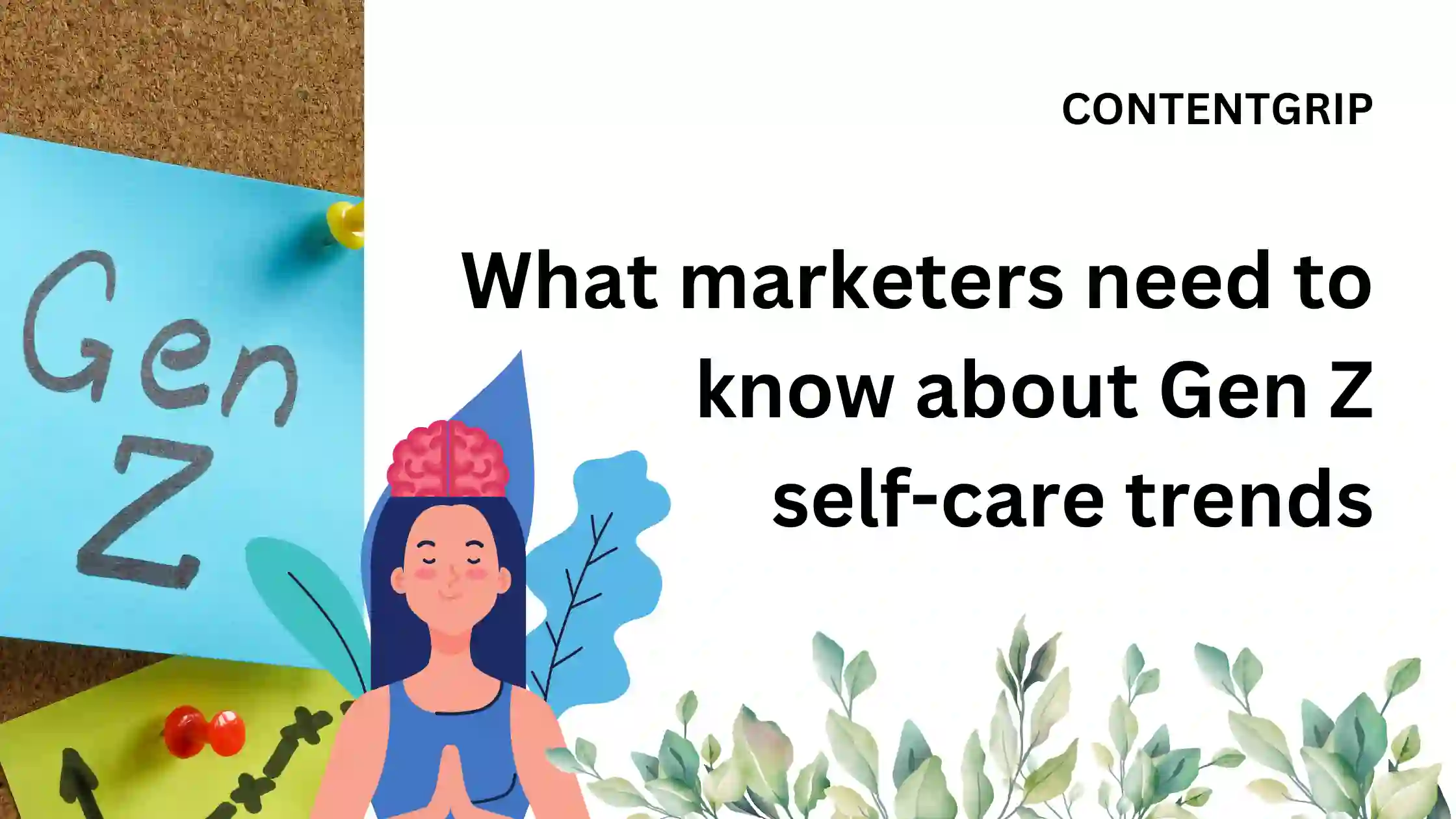Millennials and Gen Z are fueling the next wellness boom according to McKinsey Report
Millennials and Gen Z are changing the US$2T global wellness market. Here’s what’s changing and how brands can respond.

The global wellness industry is now worth US$2 trillion and is getting a serious generational upgrade. According to McKinsey’s 2025 Future of Wellness survey, younger consumers aren’t just spending more on wellness; they’re changing what it means.
For millennials and Gen Z, wellness isn’t a niche anymore, it’s a lifestyle. Think less “treat yourself” and more “optimize everything.” From sleep tracking and functional nutrition to preventative skincare and mental health apps, younger buyers are driving demand across six core subcategories: mental health, weight management, in-person wellness services, beauty, healthy aging, and functional nutrition.
This article explores what’s changing in the wellness space, where younger consumers are putting their money, and how marketers can respond strategically to tap into one of the most resilient categories in consumer spending.
Short on time?
Here’s a table of contents for quick access:
- Gen Z is changing what wellness means
- Meet the five wellness consumer segments
- Six subcategories to watch in 2025
- What marketers should know

Gen Z is changing what wellness means
Younger consumers are no longer treating wellness as a once-in-a-while indulgence. Nearly 30% of Gen Zers and millennials in the US say they prioritize wellness significantly more than they did a year ago, compared to just 23% of older generations.
But it’s not just about more spending, it’s about different spending. While older generations stick to staples like vitamins and OTC meds, younger buyers are loading up on wearables, mindfulness apps, functional snacks, IV drips, and even red-light therapy masks. They're also more likely to travel for wellness retreats or invest in preventative beauty treatments.
Social media and self-diagnosis culture play a role, too. Gen Z is influenced by both science and TikTok, leaning on digital communities and AI-enhanced recommendations to guide wellness purchases. They prioritize health, sleep, and appearance but also show high interest in mental clarity, sexual wellness, and personalized nutrition.

Meet the five wellness consumer segments
McKinsey identifies five psychographic consumer segments that marketers should know:
- Maximalist optimizers
Gen Z-heavy and science-obsessed, this group experiments often and drives the largest share of wellness spend.
- Confident enthusiasts
Loyal, research-driven fitness fanatics. High lifetime value once converted.
- Health traditionalists
Primarily older consumers. Focus on simplicity and basics like diet, exercise, and supplements.
- Health strugglers
Motivated but overwhelmed, this group seeks help with consistency and accountability.
- Wellness shirkers
Price-sensitive, minimally engaged, and largely uninterested in new products or services.
Knowing which group your brand speaks to and how to frame your value proposition accordingly can make or break market relevance.
Six subcategories to watch in 2025
These are the spaces where marketers should double down, whether you’re launching new products, exploring partnerships, or repositioning your brand for what’s next.
1. Functional nutrition
Consumers are moving from “free-from” to “built-in” health benefits. Demand is surging for products with nootropics, adaptogens, probiotics, and performance-boosting ingredients. Energy and gut health top the benefits list.
2. Beauty
Beauty and wellness are converging. Gen Z now ranks appearance as one of their top three wellness priorities. Ingestible skincare, preventative cosmetic procedures, and digital beauty consultations are going mainstream.
3. Healthy aging
Longevity isn’t just for Boomers anymore. Younger consumers are now investing early in cognitive and metabolic health. Brands that balance short-term benefits with long-term aging claims will win across age groups.
4. In-person experiences
From boutique fitness to thermal yoga retreats, consumers are craving physical experiences with mental payoff. But they want take-home value, not just vibes. Education and post-retreat tools matter.
5. Weight management
GLP-1 medications have created ripple demand for complementary products like muscle-preserving workout plans and protein-enhanced foods.
6. Mental health
Younger buyers view mental health through a wide lens, starting from therapy to skincare routines that improve mood. But competition is steep, and generic content won't cut it. Targeted, high-value programming is essential.
What marketers should know
Here are five strategic shifts marketers should prioritize to meet evolving expectations and stand out in a crowded, wellness-first economy.
- Design for segments, not generations
Age is just one variable. Brands should tailor campaigns to psychographic clusters like the “optimizer” or “struggler” instead of chasing Gen Z as a monolith.
- Use science-backed claims with personality
Younger buyers want data, but they also want vibes. Clinical efficacy is crucial but so is relatability. Use clear, confident messaging with content that feels native to social platforms.
- Reimagine omnichannel for wellness
Wellness brands aren’t confined to health stores anymore. Think partnerships between fitness chains and supplement brands, or beauty retailers selling ingestibles. Be where the rituals happen.
- Bundle smart, not hard
Consumers don’t want “more products” they want solutions. Bundle digital tools, services, and physical goods in ways that solve real-life goals, like improving sleep or maintaining energy.
- Consider the new ROI: rituals over reach
Younger consumers buy what fits their wellness routine. If your product becomes part of a ritual like morning greens or evening skincare then you’ve earned a retention moat.





